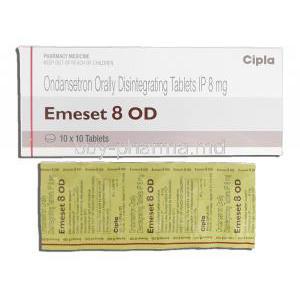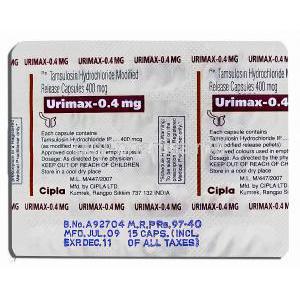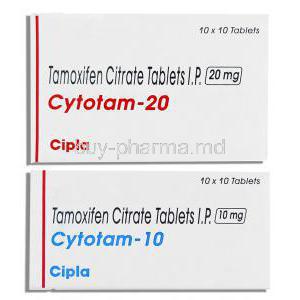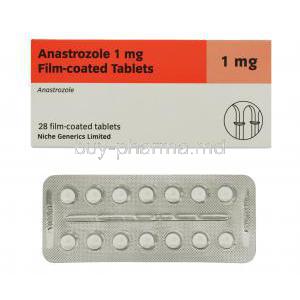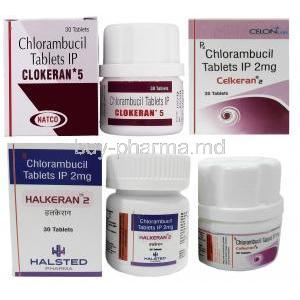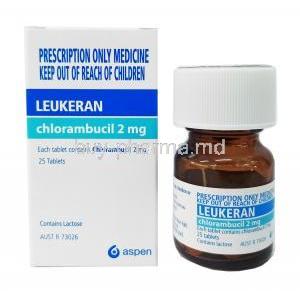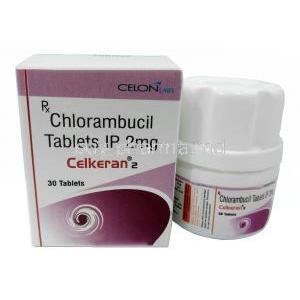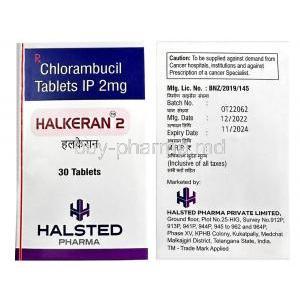Navelbine Injection
- Introduction to Navelbine Injection
- Uses of Navelbine Injection
- How Navelbine Injection Works
- Navelbine administration
- Composition of Navelbine Injection
- Storage and Handling Precautions
- Navelbine side effects
- Warnings and Contraindications
- Drug Interactions with Navelbine Injection
- Important Precautions for Administration
- Special Considerations in Patient Populations
- Overdosage Management
- Handling and Disposal of Navelbine Injection
- Conclusion
Navelbine Injection is considered a component of cancer treatment. It is derived from vinca alkaloids to halt the growth of cancer cells effectively through intravenous administration, focusing on combating certain types of cancer.
Active Ingredient and Therapeutic Class
The main component in this medication is vinorelbine tartrate from the vinca alkaloid group, known for its ability to inhibit microtubules in cells. This type of medication specifically targets cancer cells that are dividing quickly while sparing tissues from harm.
Approved Indications and General Use in Oncology
Navelbine Injection is mainly used for the treatment of metastatic small cell lung cancer (NSCLD) as well, as metastatic breast cancer playing a key role in both combination and single drug treatments, for these types of cancers.
After tracking progress for 14 months, on average the total positive response rate stood at 80. 8 % (With a confidence interval of 60. 6 % To 93. 3 % ) Including 5 cases ( equating to 19. 2 % ) Of recovery. The typical survival period was determined to be 23 months ( spanning from 4 to 43 months ) with survival rates, at the end of the second years standing at around 80 % and 56 % respectively.
Primary Uses in Cancer Treatment
- Navelbine for NSCLC: Navelbine is often used as a first-line or subsequent therapy, demonstrating significant efficacy in reducing tumor size and progression.
- Navelbine chemotherapy breast cancer: Particularly effective in metastatic cases, it works by halting the division of rapidly growing cancer cells.
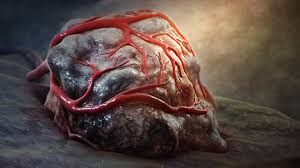
Off-Label Uses and Emerging Applications
- Ovarian cancer: Demonstrates promise in recurrent or resistant cases, especially in combination with other agents.
- Prostate cancer: Utilized in palliative care to alleviate symptoms and slow disease progression.
- Pancreatic cancer: Investigational studies highlight its potential in extending survival rates when combined with novel therapeutics.
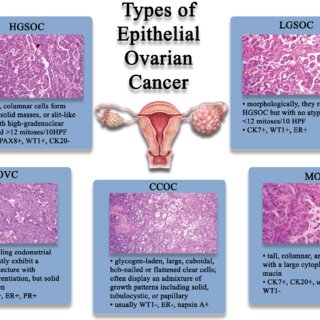
Mechanism of Action
Navelbine disrupts the normal function of microtubules, essential structures in cell division. By binding to tubulin, it prevents spindle formation, leading to mitotic arrest and subsequent cell death.
Impact on Cell Division
Its specific method stops the growth of cells while they are dividing quickly in tissues.
Pharmacodynamics and Effectiveness in Tumor Suppression
The medication's strong attraction to the spindle microtubules, boosts its effectiveness in halting tumor growth while safeguarding dividing cells.
The usual amount for treating small cell lung cancer (NSCLF) and breast cancer falls within the range of 25 to 30 milligrams per square meter per week and is adjusted according to how well the patient responds and tolerates it.
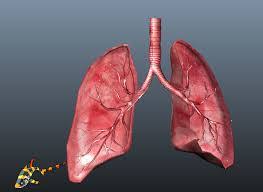
Methods of Administration
Navelbine is given through an IV after mixing it with saline or glucose solutions. It iss usually dripped over a period of 6 to 10 minutes to reduce the chances of side effects.
Adjustments for Special Populations
- Hepatic impairment: Dosage adjustments are essential to prevent drug accumulation.
- Renal impairment: Though primarily metabolized hepatically, monitoring is advised in patients with kidney dysfunction.
Active Ingredients and Concentration
Each vial holds vinorelbine tartrate equal to 10 mg/mL of vinorelbine base to ensure effectiveness.
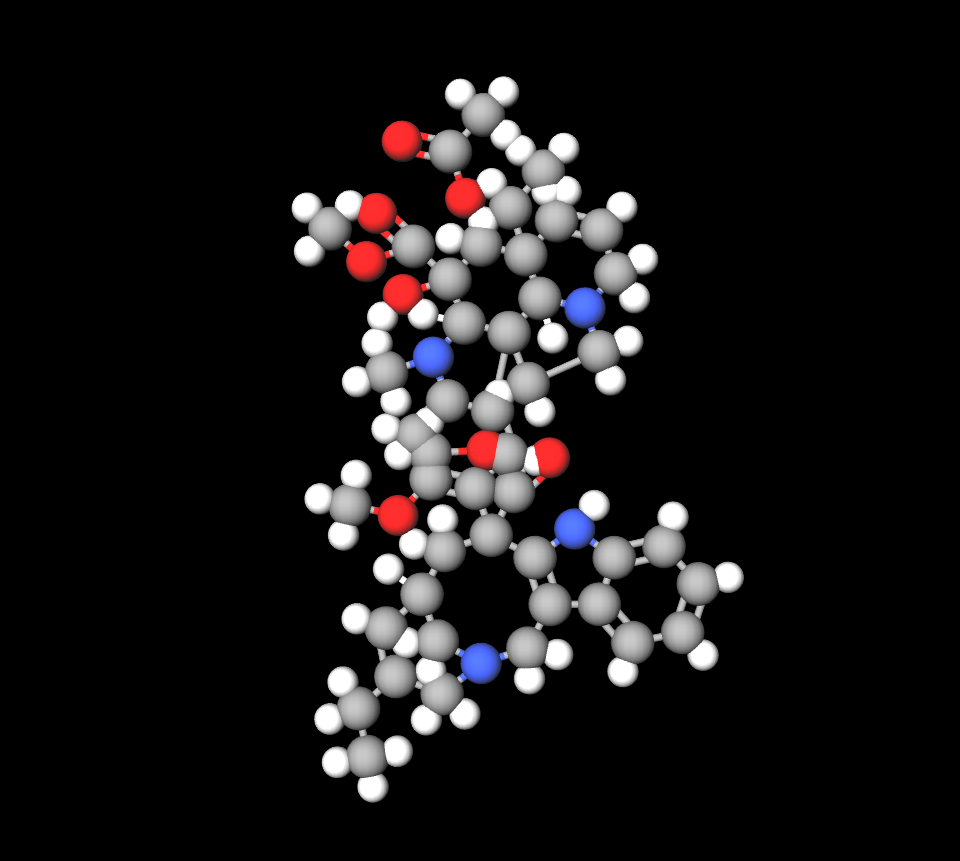
List of Inactive Components
The nonactive components consist of water for injection and small amounts of stabilizing agents to preserve the solution's quality.
Pharmaceutical Form and Appearance
Navelbine comes in single-dose vials for injection. It is seen as a liquid that ranges in color from clear to a light shade of yellow.
Storage and Handling Precautions
Recommended Storage Conditions
Remember to keep Navelbine Injection stored between 2 and 3 degrees Celsius in a place shielded from excessive humidity to prevent freezing.
Guidelines for Safe Handling
- Wear protective gloves and eyewear when preparing the injection.
- Avoid inhalation or direct contact with the skin or mucous membranes.
Disposal of Unused or Expired Medication
Make sure to follow the regulations when disposing of any vials containing cytotoxic drugs and use the designated hazardous waste containers for proper disposal.
Common Side Effects
- Nausea and vomiting: Often managed with pre-medication.
- Fatigue: Common during treatment cycles.
- Neutropenia: Requiring regular blood count monitoring.
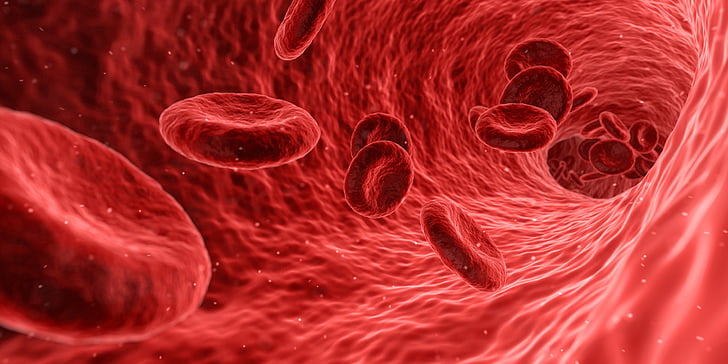
Less Common but Significant Side Effects
Rare but Severe Adverse Effects
- Severe hypersensitivity reactions: Including anaphylaxis.
- Pulmonary toxicity: Rare but serious, requiring immediate intervention.
Warnings and Contraindications
Absolute Contraindications
- Hypersensitivity to vinorelbine or other vinca alkaloids.
- Severe hepatic dysfunction.

Situations Requiring Caution
- Patients with pre-existing bone marrow suppression.
- Individuals with a history of cardiovascular disorders.
Interactions with Chemotherapy Agents
Navelbine Injection is frequently used alongside chemotherapy medications to improve their effectiveness when used together in treatment plans. However, this approach can also raise the chances of experiencing side effects over time. Often paired with platinum-based medications such as cisplatin, this combination can potentially worsen issues, like reduced bone marrow function and kidney damage, hence requiring monitoring of blood cell levels and kidney health.
Effects of Concomitant Use with Anticoagulants
Using Navelbine with blood thinners, like warfarin needs monitoring as it can affect blood clotting and raise the risk of bleeding incidents. It's crucial to check the International Normalized Ratio (INR) levels to prevent any issues.
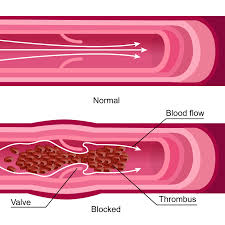
Potential Interactions with Herbal Supplements
Some natural supplements, like ginkgo biloba, that thin the blood, and others with system effects, can impact how Navelbine works in the body's processes of medication absorption and effectiveness. It's important for patients to tell their healthcare providers about all the supplements they are taking to prevent any reactions.
- Metronomic regimen: This regimen involves taking smaller, more frequent doses of the drug until the disease progresses or the patient experiences unacceptable toxicity. This method can reduce the incidence of severe toxicities.
- Gemcitabine/platinum combination: This combination is widely used and is considered effective and tolerable.
- Trastuzumab and vinorelbine combination: This combination can be a reasonable alternative to standard chemotherapy for patients with non-metastatic breast cancer.
Important Precautions for Administration
Monitoring During Treatment
Ongoing evaluation is critical during Navelbine therapy. Regular assessments include:
- Complete blood counts to detect neutropenia or anemia.
- Liver function tests to identify early hepatic impairment.
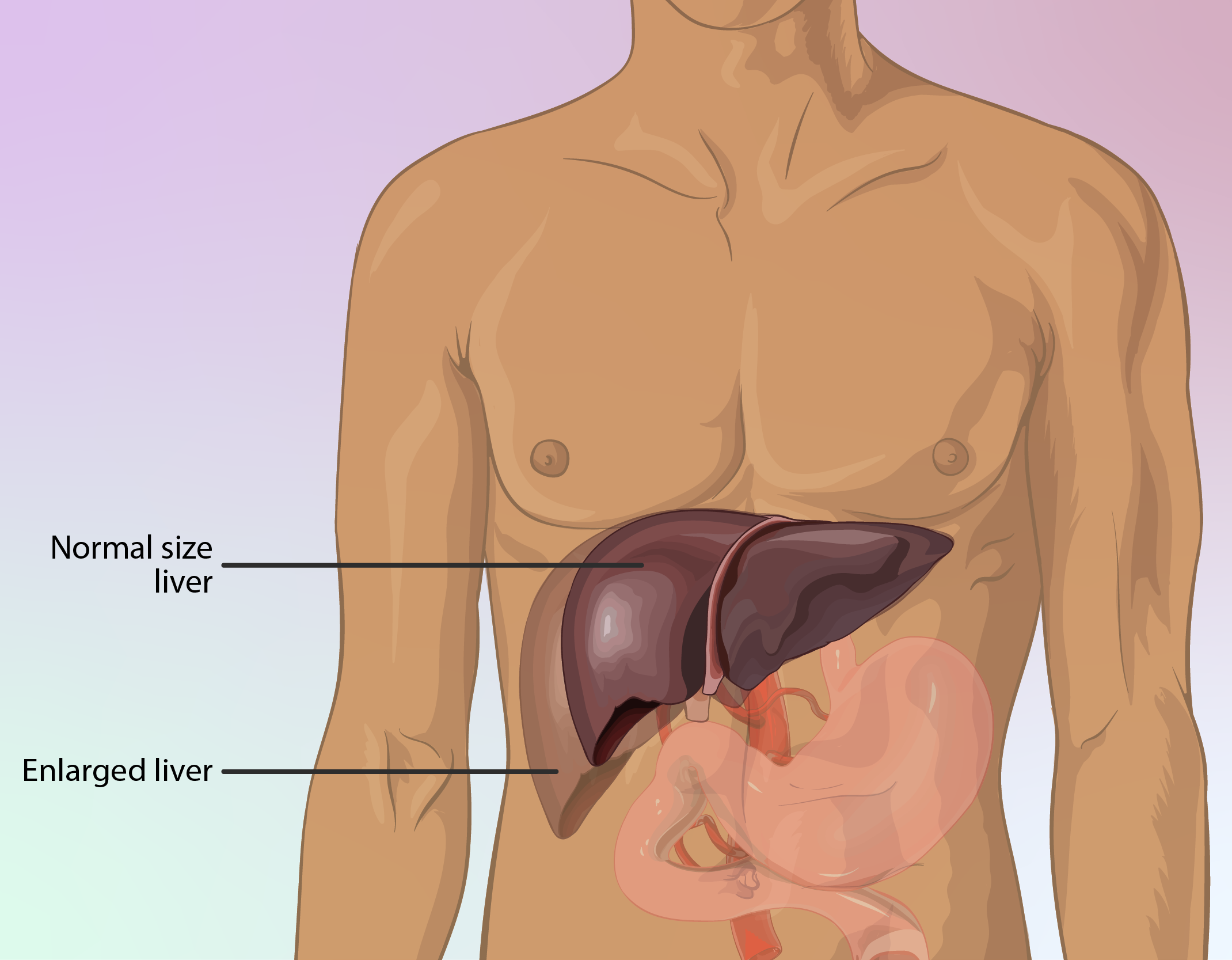
Precautions for Managing Side Effects
Being proactive in addressing side effects can lead to results for patients as a whole by taking action against issues like nausea or nerve pain and making necessary changes to the dosage level to increase how well it can be tolerated by the individual.
Importance of Patient Hydration and Nutrition
Ensuring you stay hydrated helps your kidneys work well and lowers the chances of effects from medications on your kidneys. Eating a rounded diet with plenty of antioxidants can help you recover and boost your system while undergoing treatment.
Special Considerations in Patient Populations
Administration to Elderly Patients
Older patients frequently show increased sensitivity, to Navelbine because of their reserves. Starting with doses and slowly increasing them while closely monitoring the patient can enhance effectiveness and reduce negative effects.
Use During Pregnancy and Lactation
- Potential risks to the fetus: Navelbine is contraindicated during pregnancy due to its teratogenic potential, particularly during the first trimester.
- Guidelines for nursing mothers: Breastfeeding is not recommended, as the drug's excretion in breast milk may harm the infant.
Administration to Pediatric Patients
Data regarding the use of Navelbine in children is scarce. It mostly falls outside approved guidelines for its administration in this age group. Medical professionals should work closely. Carefully assess dosages and potential side effects when prescribing Navelbine to patients.
Overdosage Management
Signs and Symptoms of Overdosage
Excessive use of Navelbine can result in neutropenia and extreme fatigue, along with issues like gastrointestinal toxicity that may also occur in some cases. While it is problems such as tingling sensations or muscle weakness may also be present but are not frequently observed.
Emergency Management Strategies
- Supportive care: Includes hydration, antiemetics, and nutritional support to stabilize the patient.
- Symptomatic treatment: Involves addressing complications such as infections or severe anemia.
Role of Antidotes or Detoxification
There is currently no known antidote for an overdose of Navelbine medication; however, hematopoietic growth factors, like granulocyte colony-stimulating factor ( GCS ), can potentially assist in reducing the impact of neutropenia.
Safety Measures for Preparation
When handling Navelbine medication, ensure to follow safety procedures by using gloves along with masks and eyewear to avoid any unintended contact with cytotoxic substances.
Proper Disposal Methods for Hazardous Materials
- Unused or expired Navelbine should be disposed of in compliance with regulations for cytotoxic waste.
- Specialized containers designed for hazardous materials must be utilized to prevent environmental contamination.
Recommendations for Healthcare Facilities
To maintain the safety of patients and healthcare providers, facilities handling Navelbine should create designated areas for preparation. Provide training to staff on the handling of cytotoxic agents.
Conclusion
Summary
Navelbine Injection continues to be a tool in the oncologist's toolkit for treating small cell lung cancer and advanced breast cancer due to its specific action and established effectiveness in fighting aggressive tumors.
Key Considerations for Safe and Effective Use
Following the recommended dosage instructions and monitoring for any side effects diligently while considering patient factors are crucial for achieving the best results with this treatment approach. Maintaining a level of awareness when handling and disposing of the medication not protects healthcare providers and the environment but also promotes the responsible utilization of this vital therapy.
Navelbine Injection FAQ
- What is Navelbine used for?
- How effective is Navelbine?
- What is the solution for Navelbine?
- Is Navelbine toxic to the liver?
- What are the side effects of oral Navelbine?
- Does Navelbine cause neuropathy?
- What is the half life of Navelbine?
- How long does navelbine work?
- What is the success rate of navelbine?
- Does Navelbine cause hair loss?
- What is the history of Navelbine?
- What is the toxicity of Navelbine?
- What is the mechanism of action of Navelbine?
- What organs are affected by chemotherapy?
- What is Navelbine used for?
- How effective is Navelbine?
- Does Navelbine cause neuropathy?
- What is the half life of Navelbine?
- How long does navelbine work?
- What is the drug navelbine used for?
- What is the mechanism of action of Navelbine?
- What organs are affected by chemotherapy?
What is Navelbine used for?
A common treatment for breast cancer involves the use of a medication known as chemotherapy.
How effective is Navelbine?
40 and 60% as first-line therapy
What is the solution for Navelbine?
Clear colourless to pale yellow solution
Is Navelbine toxic to the liver?
Liver damage can be a side effect for individuals undergoing vinorelbine chemotherapy.
What are the side effects of oral Navelbine?
nausea, vomiting, diarrhoea, loss of appetite, unusual tiredness, weakness, sleepiness, drowsiness or lack of energy, unusual hair loss, constipation,
Does Navelbine cause neuropathy?
Neurotoxicity levels rose as patients received doses of vinorelbine over time experiencing mild to moderate peripheral neuropathy.
What is the half life of Navelbine?
27.7 to 43.6 hours
How long does navelbine work?
Some individuals might find relief from their symptoms for a months. Even experience longer-lasting relief extending over a couple of years.
What is the success rate of navelbine?
80.8%
Does Navelbine cause hair loss?
Yes
What is the history of Navelbine?
Vinorelbine was created by pharmacist Pierre Potier and his research team at CNRS in France during the 1980s.
What is the toxicity of Navelbine?
Neutropenia is the limitation on dosage with NAVELMINE.
What is the mechanism of action of Navelbine?
Vinorelbine is a type of anticancer drug that works by disrupting the dynamics of microtubules, causing cells to stop dividing and eventually die off.
What organs are affected by chemotherapy?
Certain medications used to treat cancer can impact the cells of organs like the heart, kidneys,lungs, and nervous system.
What is Navelbine used for?
Chemotherapy is a medication commonly employed in the treatment of breast cancer.
How effective is Navelbine?
40 and 60%
Does Navelbine cause neuropathy?
Most patients experienced mild neuropathy as the neurotoxicity escalated with repeated doses of vinorelbine.
What is the half life of Navelbine?
27.7 to 43.6 hours
How long does navelbine work?
Some individuals might find relief from their symptoms for a month or even enjoy extended relief that stretches over a couple of years.
What is the drug navelbine used for?
lung cancer and advanced breast cancer
What is the mechanism of action of Navelbine?
Vinorelbine is a type of anticancer medication that works by interfering with the movement of microtubules ultimately causing cells to stop dividing and die off.
What organs are affected by chemotherapy?
Certain medications used to treat cancer can impact the cells of organs like the heart, kidneys, bladder, lungs, and nervous system.


